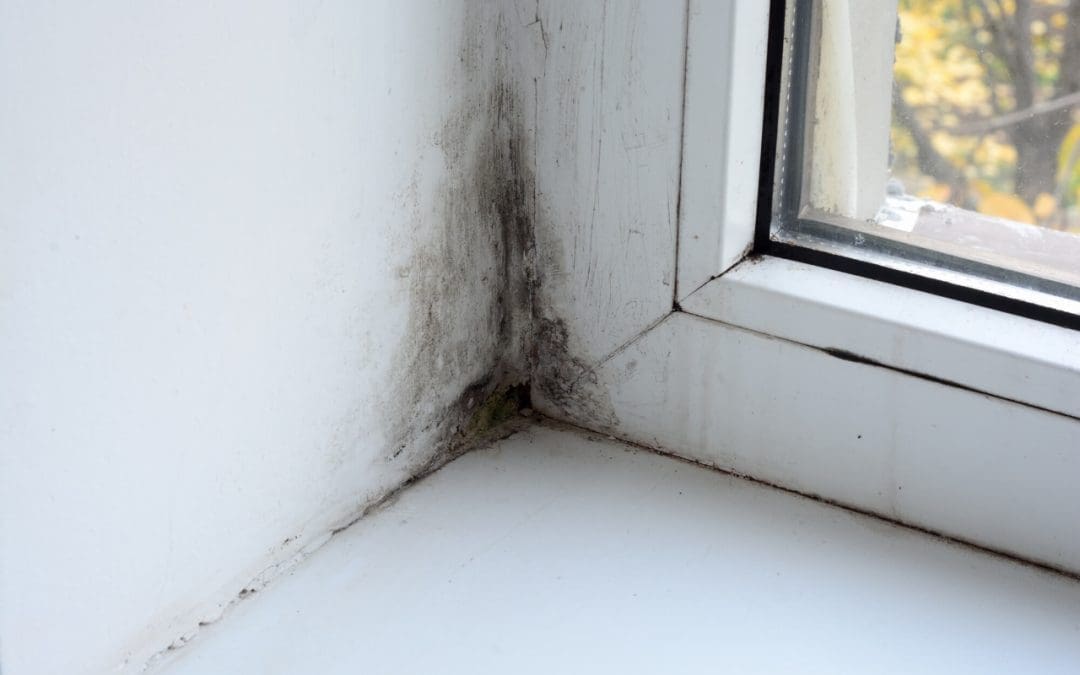Mold growth isn’t just unsightly; it poses health risks and can damage the structure of your home if left unchecked. As a homeowner, identifying the early signs of mold can save you time and money and safeguard your family’s health. Here are a few common signs of mold growth and steps to take if you encounter them.
Signs of Mold Growth at Home
1. Musty Odors
One of the first indicators of mold is a distinctive musty smell that lingers even after cleaning. This odor is often more noticeable in areas with little ventilation, such as basements and bathrooms. If you encounter a damp smell, it’s a good idea to investigate further.
2. Visible Growth on Surfaces
Mold appears in different textures and colors, from black and green to white and orange. It may grow on walls, ceilings, or in areas with moisture accumulation. Any suspicious spots or discoloration should be inspected and cleaned thoroughly to prevent spores from spreading.
3. Water Leaks or Flooding
If your home has experienced plumbing or roof leaks or flooding, mold growth is a common concern in the aftermath due to the increased moisture levels. Dry the damaged areas thoroughly, and keep an eye on areas of water intrusion, as these are prime spots for mold to flourish.
4. Health Symptoms Can be Signs of Mold
Mold exposure can lead to health issues such as respiratory problems, allergies, headaches, and irritation of the eyes, nose, throat, and skin. If household members experience these symptoms without a clear cause, assess your home for mold.
5. Condensation in the Home
Excessive condensation on windows, pipes, or walls indicates high humidity in your home. Moisture creates an environment conducive to mold growth. Use a dehumidifier and ensure proper ventilation to lower humidity indoors and combat mold.
6. Signs of Mold: Deterioration of Materials
Mold can damage building materials like drywall, wallpaper, tiles, and wooden structures. If you notice peeling, cracking, or warped materials around your home, it could indicate moisture and mold are present and causing damage.
7. Water Stains
Unexplained water stains on ceilings or walls can indicate a moisture problem, providing an ideal environment for mold. Repair plumbing issues and clean up water stains promptly.
What to Do if You Find Mold
If you’ve identified any of these signs and suspect mold is growing in your home, it’s essential to address it immediately. For small areas, you can clean the mold yourself. However, it’s best to consult a professional for larger infestations or if you’re unsure of the severity.
Preventing mold is easier than dealing with its aftermath. To prevent mold growth, keep indoor humidity levels between 30-50%, fix leaky faucets and pipes promptly, boost ventilation, and dry wet areas within 24-48 hours.
Being vigilant and proactive can protect your home and your health from the harmful effects of mold. Watch for these warning signs and take action to maintain healthy, mold-free living spaces.
FAQs
Can mold be caused by factors other than moisture?
Yes. While moisture is the primary catalyst for mold growth, other factors such as poor ventilation, high humidity levels, and organic materials like paper or fabric can contribute to mold proliferation. Addressing these factors alongside moisture is essential to prevent mold growth effectively.
Are there specific areas where mold is more likely to grow in a home?
Yes. Mold thrives in places with high moisture levels, such as bathrooms, kitchens, basements, and areas affected by leaks or flooding. Poorly ventilated spaces, including basements and attics, and areas with organic materials are susceptible to mold growth.
Can mold growth occur in climates with low humidity levels?
Yes. While mold tends to thrive in humid environments, it can grow in areas with relatively low humidity if moisture is present. Mold can develop on surfaces affected by condensation or in areas with water leaks, even in dry climates.
Can mold growth impact the structural integrity of my home?
Absolutely. Prolonged mold exposure can weaken structural materials such as wood, drywall, and insulation, compromising the integrity of your home’s structure over time. Mold can also cause aesthetic damage and decrease a property’s resale value if left unchecked.
What steps can I take to prevent mold growth in my home in the long term?
In addition to addressing moisture issues, homeowners can install dehumidifiers in damp areas, use mold-resistant building materials, and schedule regular inspections to identify and locate sources of moisture before they become problematic. Regular HVAC system maintenance can also help prevent mold growth by reducing indoor humidity.
Certified Home Inspectors of Florida offers inspection services for homebuyers and sellers in Ocala and surrounding counties. Contact us to request an appointment.

